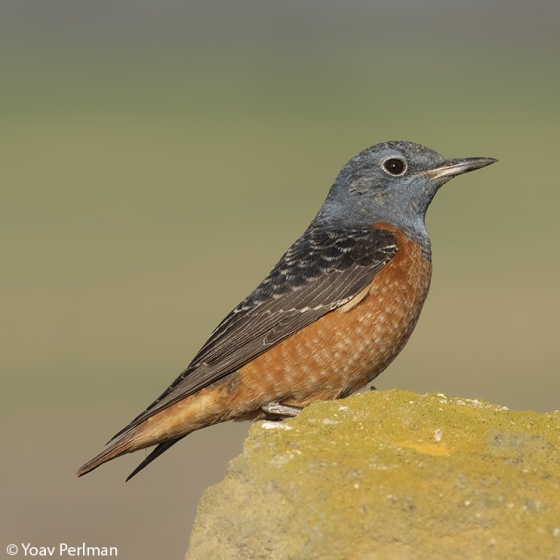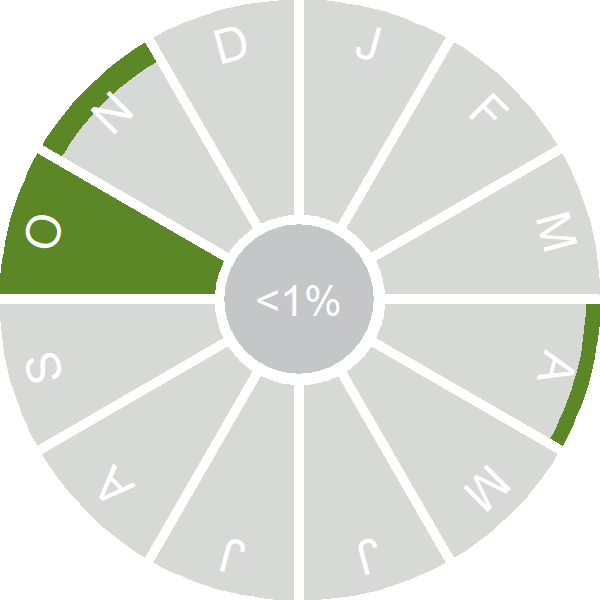Rock Thrush
Monticola saxatilis (Linnaeus, 1766)
OH
 ROCTH
ROCTH  11620
11620

Family: Passeriformes > Muscicapidae

A very rare visitor to Britain & Ireland that breeds in alpine habitats from Spain through to central Asia.
British records peak in May and it has been suggested that while spring records relate to European birds, those in autumn may come from breeding populations located further to the east.
Identification
Develop your bird ID skills with our training courses
Our interactive online courses are a great way to develop your bird identification skills, whether you're new to the hobby or a competent birder looking to hone your abilities.
Browse training coursesStatus and Trends
Population size and trends and patterns of distribution based on BTO surveys and atlases with data collected by BTO volunteers.
DISTRIBUTION
This vagrant is too rarely reported to map distribution.
SEASONALITY
Rock Thrush is a very rare vagrant and can occur in spring or autumn.

Movement
Information about movement and migration based on online bird portals (e.g. BirdTrack), Ringing schemes and tracking studies.
RINGING RECOVERIES
View a summary of recoveries in the Online Ringing Report.
Biology
Lifecycle and body size information about Rock Thrush, including statistics on nesting, eggs and lifespan based on BTO ringing and nest recording data.
PRODUCTIVITY & NESTING
Sample sizes are too small to report Productivity and Nesting statistics for this species.
BIOMETRICS
Sample sizes are too small to report Biometrics for this species.
Feather measurements and photos on featherbase 
CODES & CLASSIFICATION
Field Codes 
|
2-letter: OH | 5-letter code: ROCTH | Euring: 11620 |
For information in another language (where available) click on a linked name
Links to more studies from ConservationEvidence.com
- Potential influence of habitat and predation on local breeding success and population in spotted flycatchers Muscicapa striata
- Pied flycatchers prefer to nest in clean nest boxes in an area with detrimental nest ectoparasites
- Body-mass variation in breeding northern wheatears: a field experiment with supplementary food
Read more studies about Rock Thrush on Conservation Evidence >
Would you like to search for another species?






Share this page